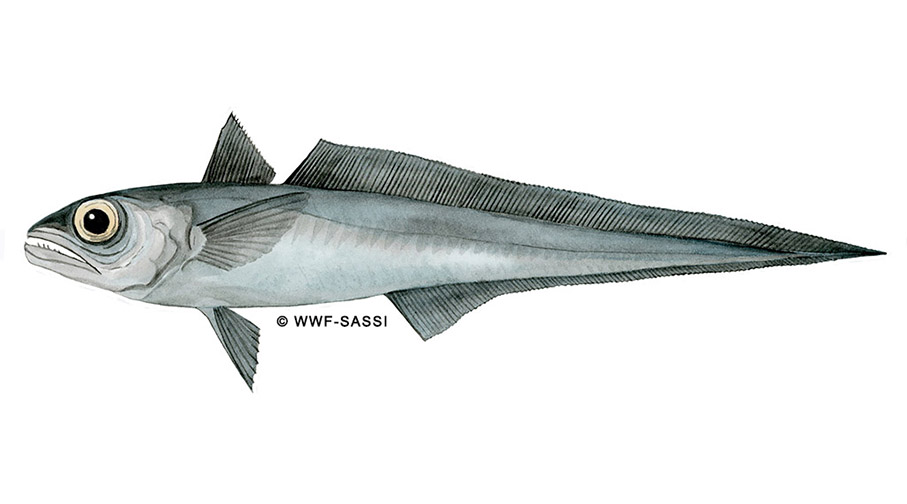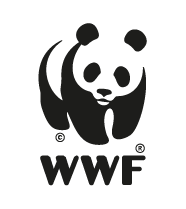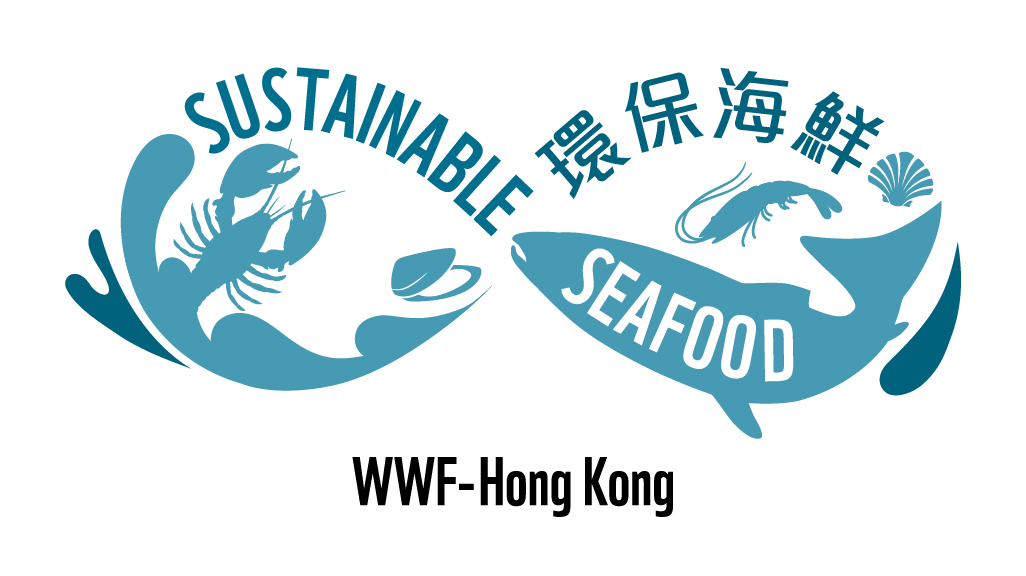
Current data suggests the biomass for hoki in the Eastern stock is at or above the target level and fishing intensity is at a rate that is likely to maintain a healthy stock.
Interaction with endangered, threatened, protected (ETP) species results could be high using the midwater otter trawls harvest method. The discard rate of this fishery is low. Bycatch accounts for about 12% of the catch and the proportion of juveniles is estimated to be between 20-30% of the catch. Negative impacts on the ecosystem are unlikely. Chances of contact with the seabed for this capture method is low, hence impact on habitat is unlikely.
Stock management by the Ministry for Primary Industries (MPI) is deemed partly effective. Many regulations are in place to protect both habitat and ecosystems such as benthic protection areas and annual investigation of benthic trawl impact. Monitoring of illegal unreported and unregulated (IUU), compliance and enforcement, bycatch and protect of ETP species management are all partly effective while transparency and participation of numerous stakeholders are largely effective.

